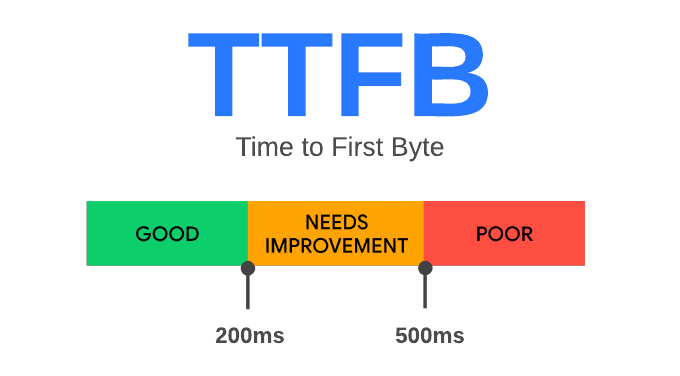Tl;dr: The following post details how we measure client performance across products and cross-functional teams at Coinbase.
By Leonardo Zizzamia, Senior Staff Software Engineer
A lot has changed since 2018 when the Coinbase web team consisted of only a few engineers. Back then, while working on making our product faster with a small group across a single platform, we could rely on pre-existing open source tools.
In 2022, Coinbase now has engineers working across multiple product offerings and four platforms: React Web, React Native, Server Side Rendering and Chrome Extension. Performance across all four platforms had never previously been standardized, so we needed to address several aspects: a lack of sufficient, complete data for some platforms, the loss of efficiency when performance opportunities could not be identified, and consistent prioritization across all teams.
Knowing this, we introduced the Performance Vitals: A high-level scoring system that is clear, trusted, and easy to understand. Summarizing the performance health of an application into a reliable and consistent score helps increase urgency and directs company attention and resources towards addressing each performance opportunity.
Extending Google Web Vitals
The Web developer community has the Core Web Vitals standard to help measure client performance, which we have adopted and use actively at Coinbase.
Vital metrics are differentiated by thresholds that categorize each performance measurement as either “good”, “needs improvement”, or “poor”.
Below is one example of where the threshold could lie for one of the Web Vitals, Time to First Byte.

To classify overall performance of a client product, Coinbase follows best practices and uses the 85th percentile value of all measurements for that page or screen. In other words, if at least 85% of measurements on a site meet the “good” threshold, the site is classified as having “good” performance for that metric. This metric is 10 points higher than the Google Web Vitals standard, giving us enough bandwidth to fix potential regressions.
The primary tool we use to capture these metrics is the Perfume.js library, a wrapper around the Performance Observer API that helps us measure all Core Web Vitals. However, as we are the primary maintainer of this library, we used this opportunity to research and develop new solutions around web performance measurements and ways of attribution.
Today we introduce an innovative, in-house metric we…
Click Here to Read the Full Original Article at The Coinbase Blog – Medium…
























